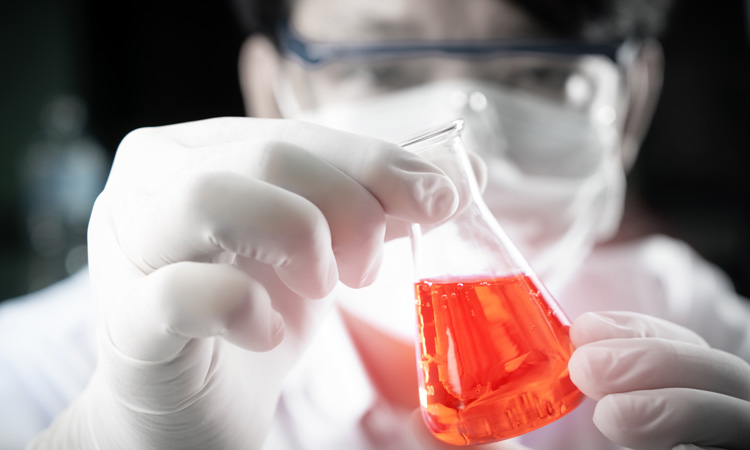Researchers develop method to identify harmful benzene in flavourings
Posted: 27 March 2020 | Sam Mehmet (New Food) | No comments yet
Using cherry beverages as an example, researchers have discovered that flavouring containing benzaldehyde can develop harmful benzene under the influence of light.


In 2013, the German Stiftung Warentest found harmful benzene in drinks with cherry flavour. But, researchers in the past have reportedly failed to identify how the substance got into the beverages, and whether the source was benzaldehyde, an essential component of the cherry flavouring.
A new study by the Leibniz-Institute for Food Systems Biology and the Technical University of Munich (TUM) has established a new method to answer these questions.
According to the German Federal Institute for Risk Assessment (Bundesinstitut für Risikobewertung, BfR), benzene is mainly absorbed by our bodies via the air we breathe. Non-smokers take in an average of 200 micrograms of benzene per day. Smokers take in around 10 times as much. But our food can also contain traces of this harmful substance and thus contribute to the exposure.
When the Stiftung Warentest examined soft drinks in 2013, they came across small quantities of benzene. One drink contained just under 4.6 micrograms of benzene per later. For comparison: In Germany, one litre of drinking water is allowed to contain only one microgram of the substance. At that time, experts at the Stiftung Warentest supposed that the odorant benzaldehyde was the cause of the benzene contaminations observed.
“As our research is specialised on odorants, we followed up on this supposition in the interest of consumer protection and at the suggestion of the German Association of the Flavor Industry (Deutscher Verband der Aromenindustrie, DVAI),” said lead author, Stephanie Frank, Leibniz-Institute for Food Systems Biology at the Technical University of Munich.
To do this, the team of scientists first established a highly sensitive quantitation method of benzene. Then, they carried out experiments with various model solutions which contained benzene-free benzaldehyde. The team also examined cherry juice produced under laboratory conditions, to which they also added the pure odorant.
“Our findings confirm the assumption of the Stiftung Warentest and also explain how the formation of benzene occurs. An important requirement in solving the problem in the long term,” reported Frank.
The longer the odorant was exposed to light, the more benzaldehyde was converted into benzene. But the light intensity was also reportedly decisive. In contrast, the pH value, the oxygen content, the presence of metal ions or the temperature did not affect the benzene production in the model solutions.
To the surprise of the researchers, no benzene was formed in the cherry juice produced under laboratory conditions during light exposure. Frank reasoned that it is possible that the dark red colour of the drink acted as a light protection filter and prevented the formation of benzene. The benzene found in a few soft drinks sold commercially was noted to probably be the result of added cherry flavouring which had already been contaminated with benzene.
“This is why we must be sure to protect flavourings containing benzaldehyde from light, from when the substance is produced to when the product is sold, for example, by storing them in amber glass vials,” recommended Peter Schieberle, Professor for Food Chemistry at the TUM.
Related topics
Contaminants, Food Safety, Health & Nutrition, Research & development
Related organisations
Leibniz-Institute for Food Systems Biology, Technical University of Munich (TUM)









